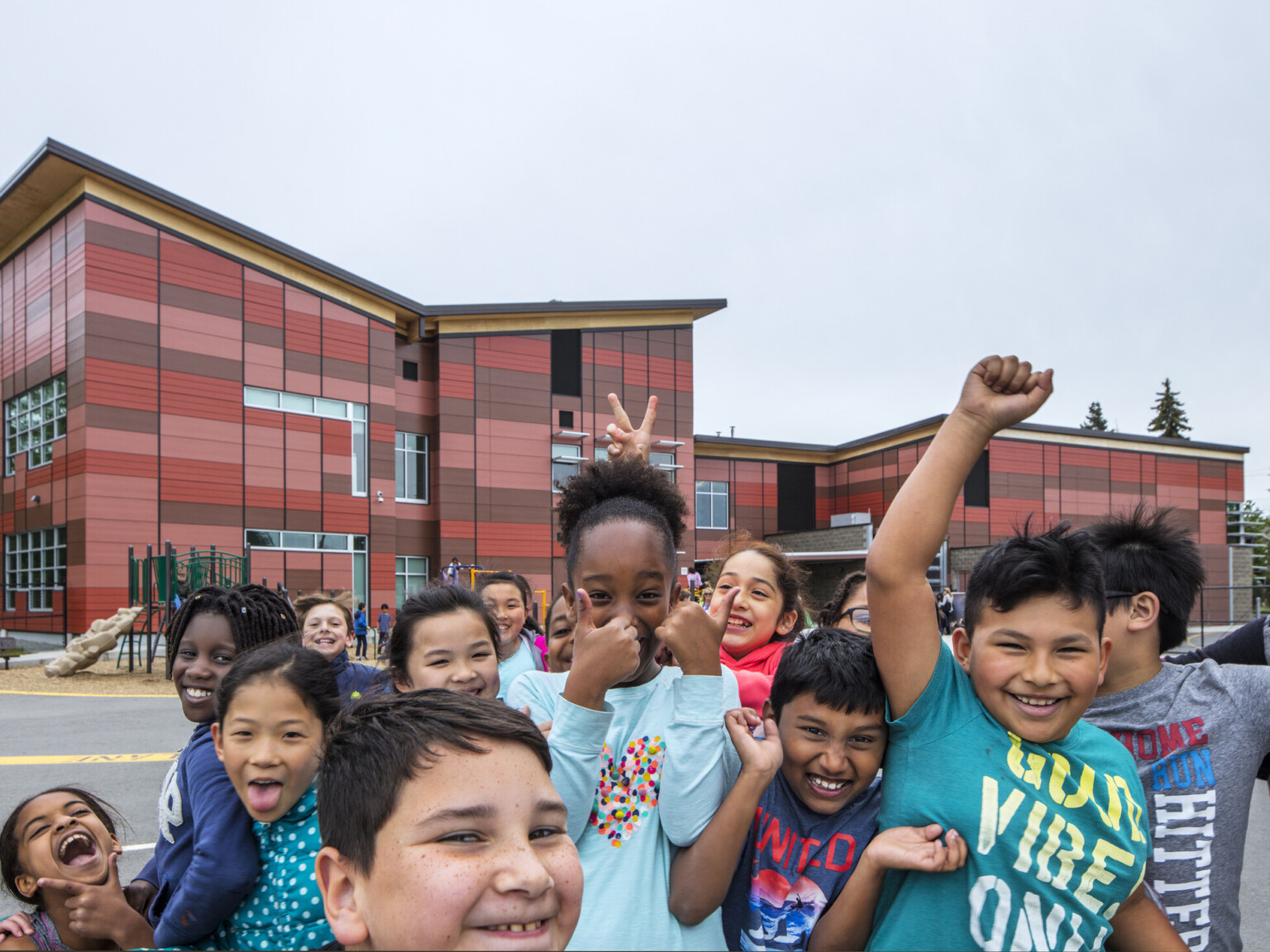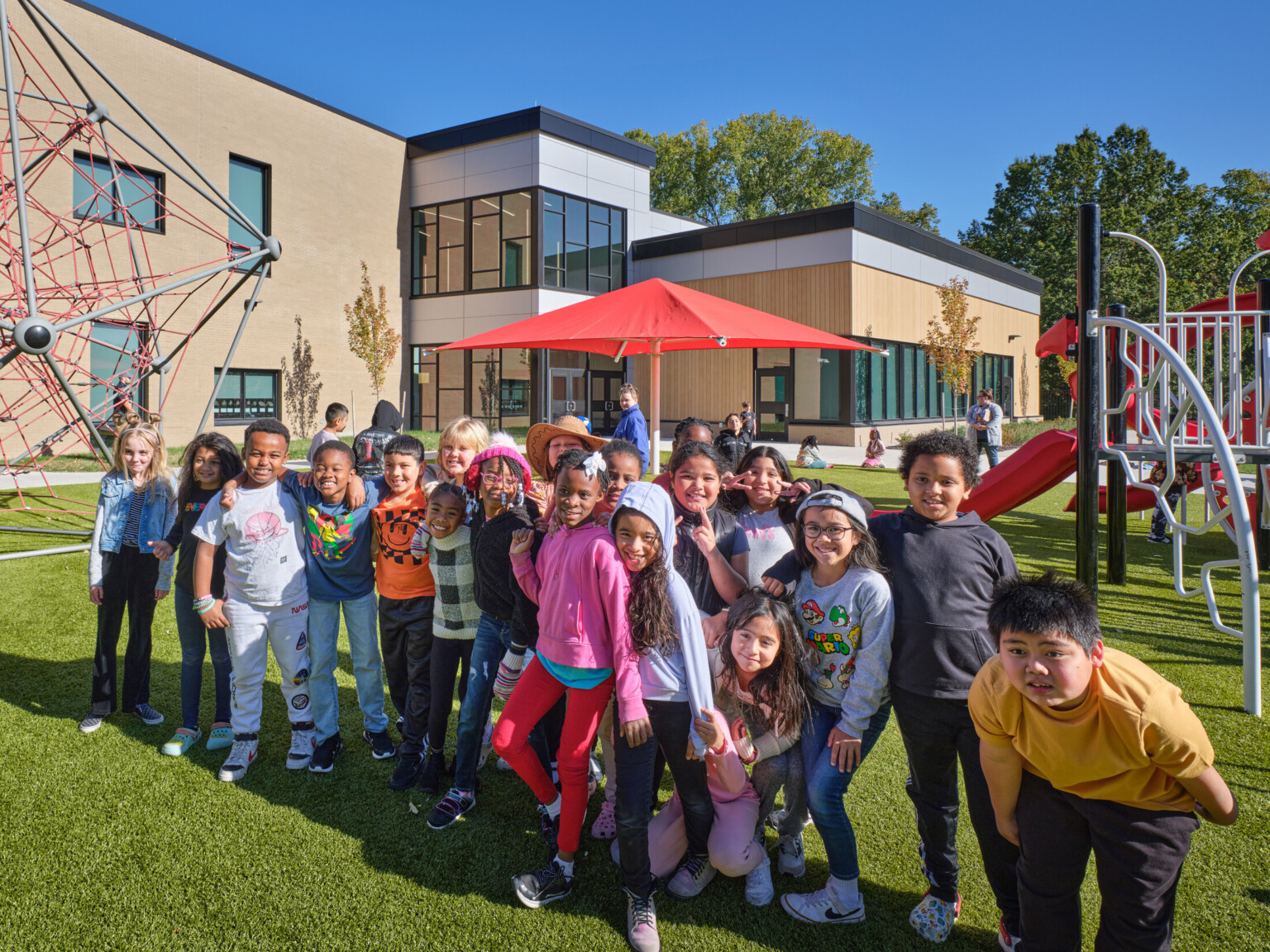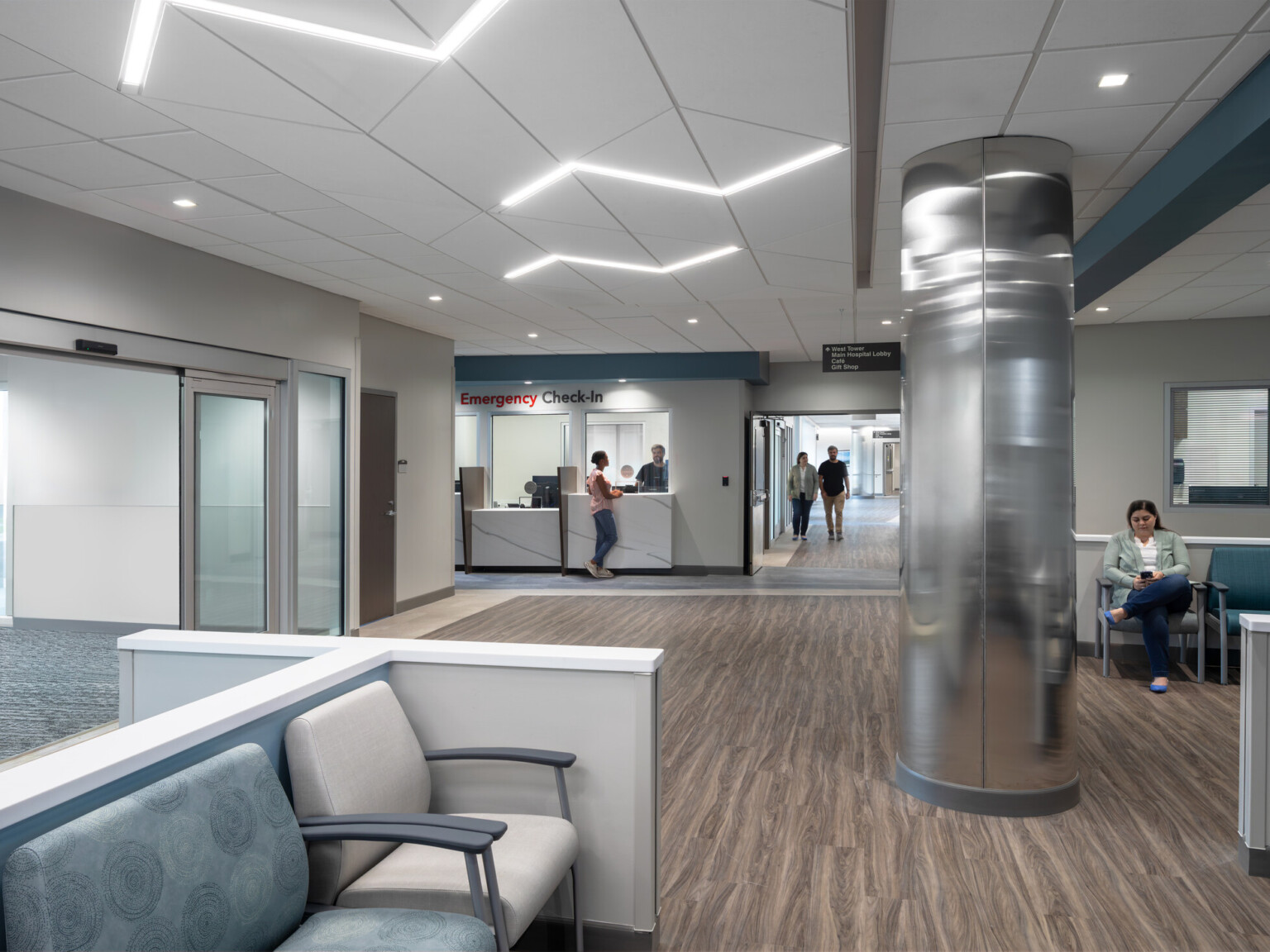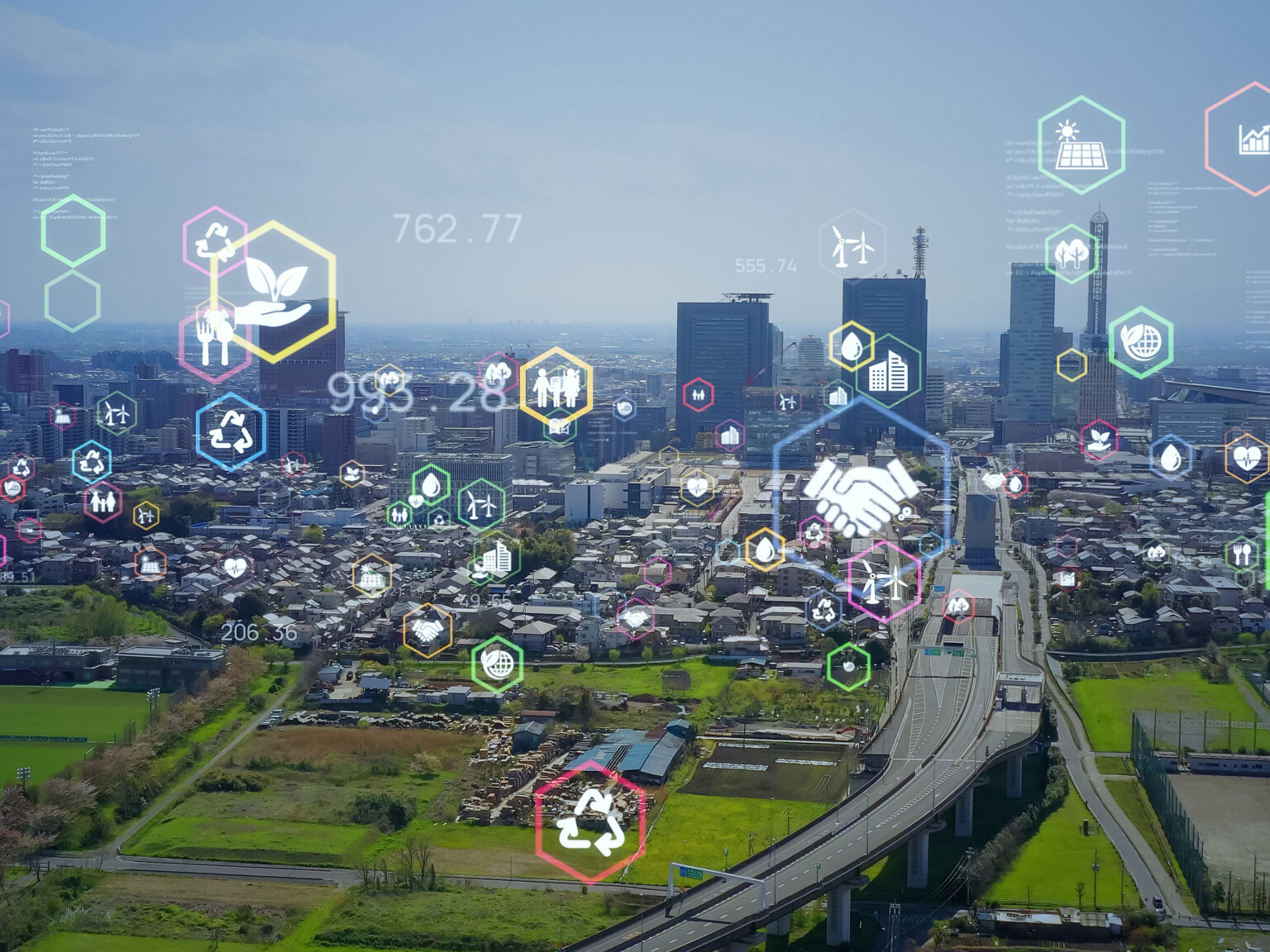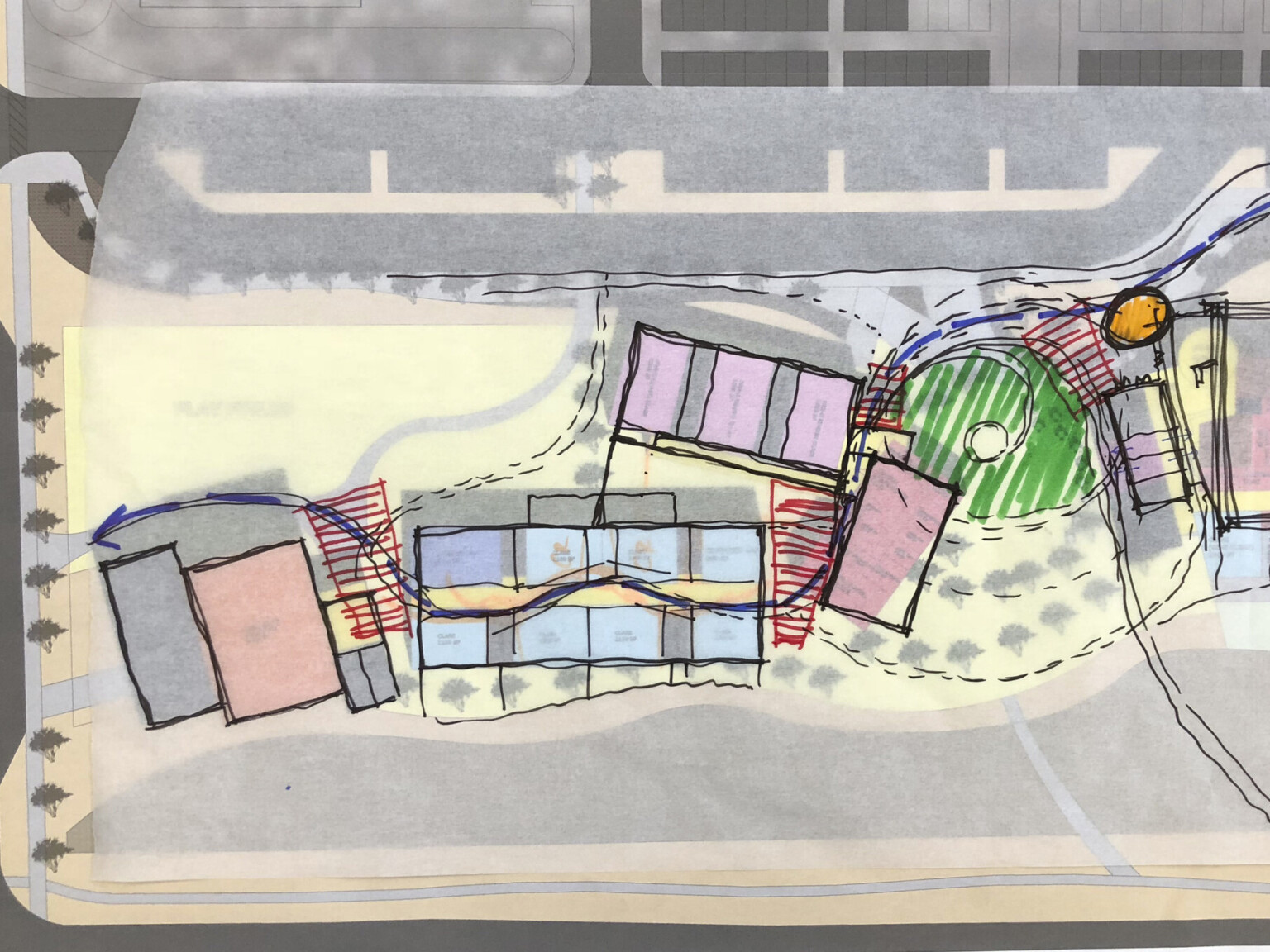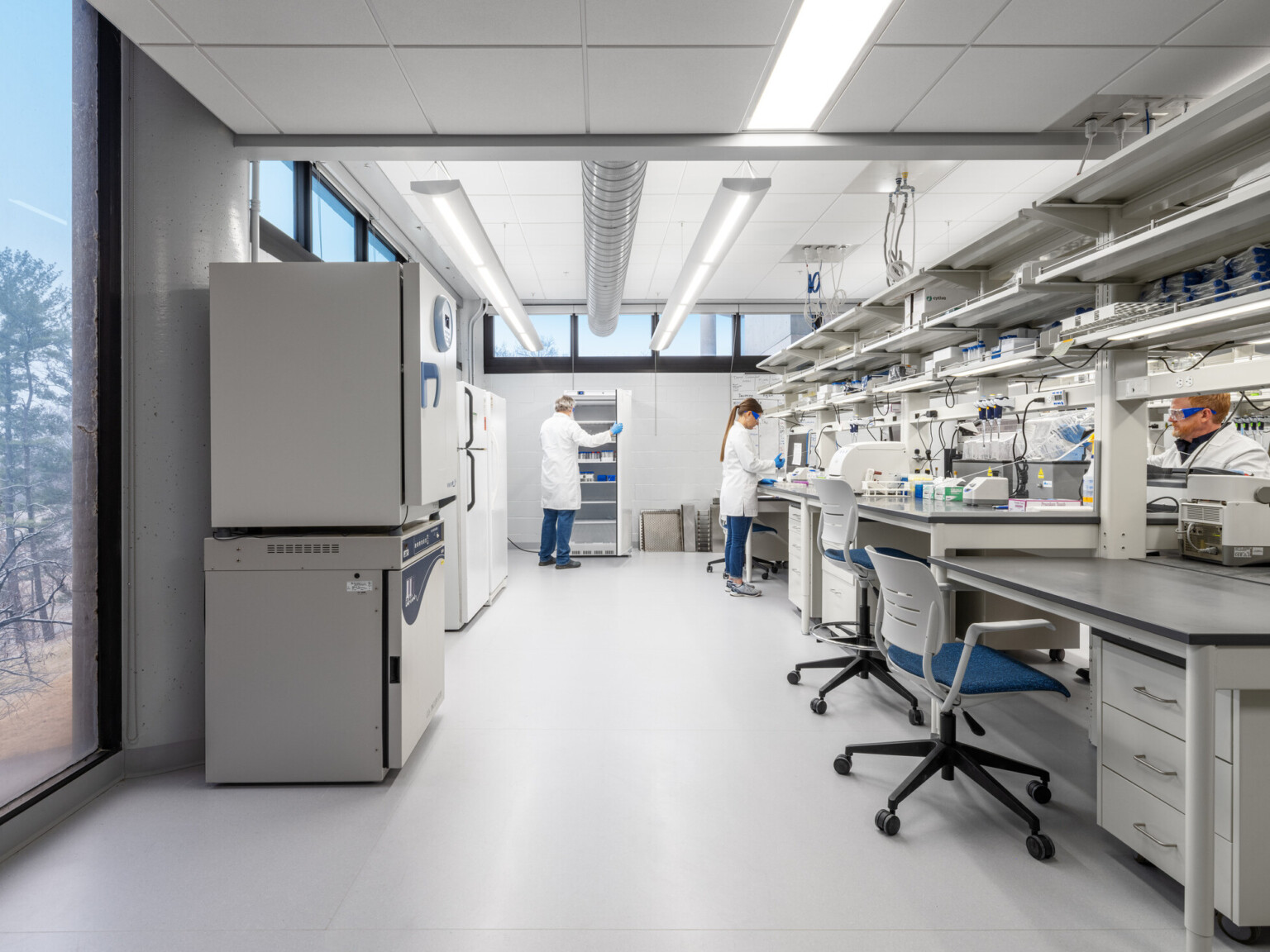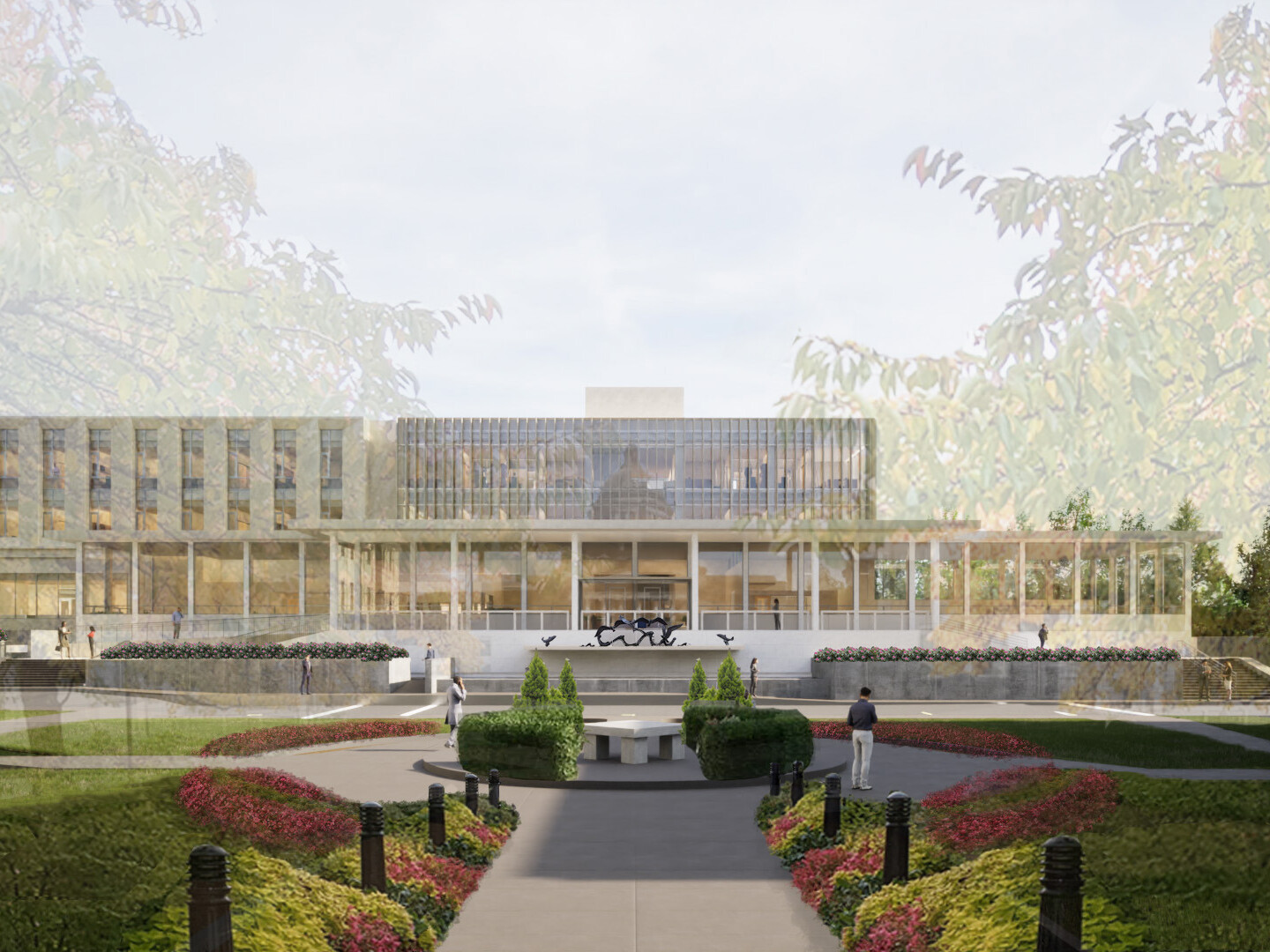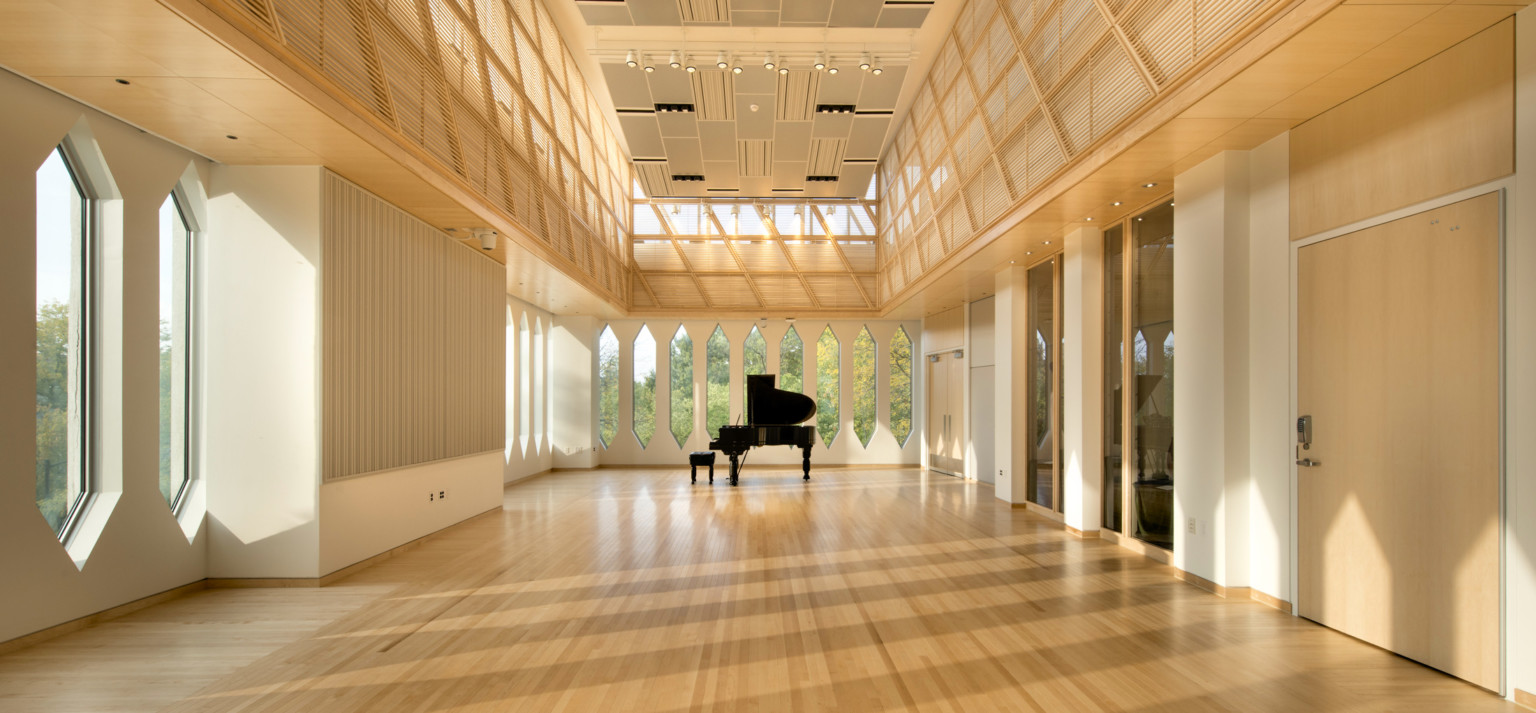
Unprecedented Optimism in Climate Commitments for Higher Education
COVID-19 undoubtedly altered every facet of our personal and professional lives. As students young and old adjusted to online learning, workers nation-wide modified daily routines and embraced a work from home standard. To learn how higher education institutions across the country are specifically overcoming challenges associated with the pandemic, we conducted personal conversations with more than 85 institutions. While these discussions brought to light the myriad vulnerabilities facing colleges and universities, the team also uncovered an unintended byproduct of the pandemic – unprecedented optimism among institutions regarding their greenhouse gas emissions.
Previously, many institutions struggled to reduce scope 3 greenhouse gas emissions, which typically comprise half or more emissions on campus because they are tied to human behavior and the reliance on personal or campus vehicles. With campuses closed and telecommuting in effect, the volume of faculty and staff driving to campus every day – and the amount of carbon being released into the atmosphere – diminished significantly.
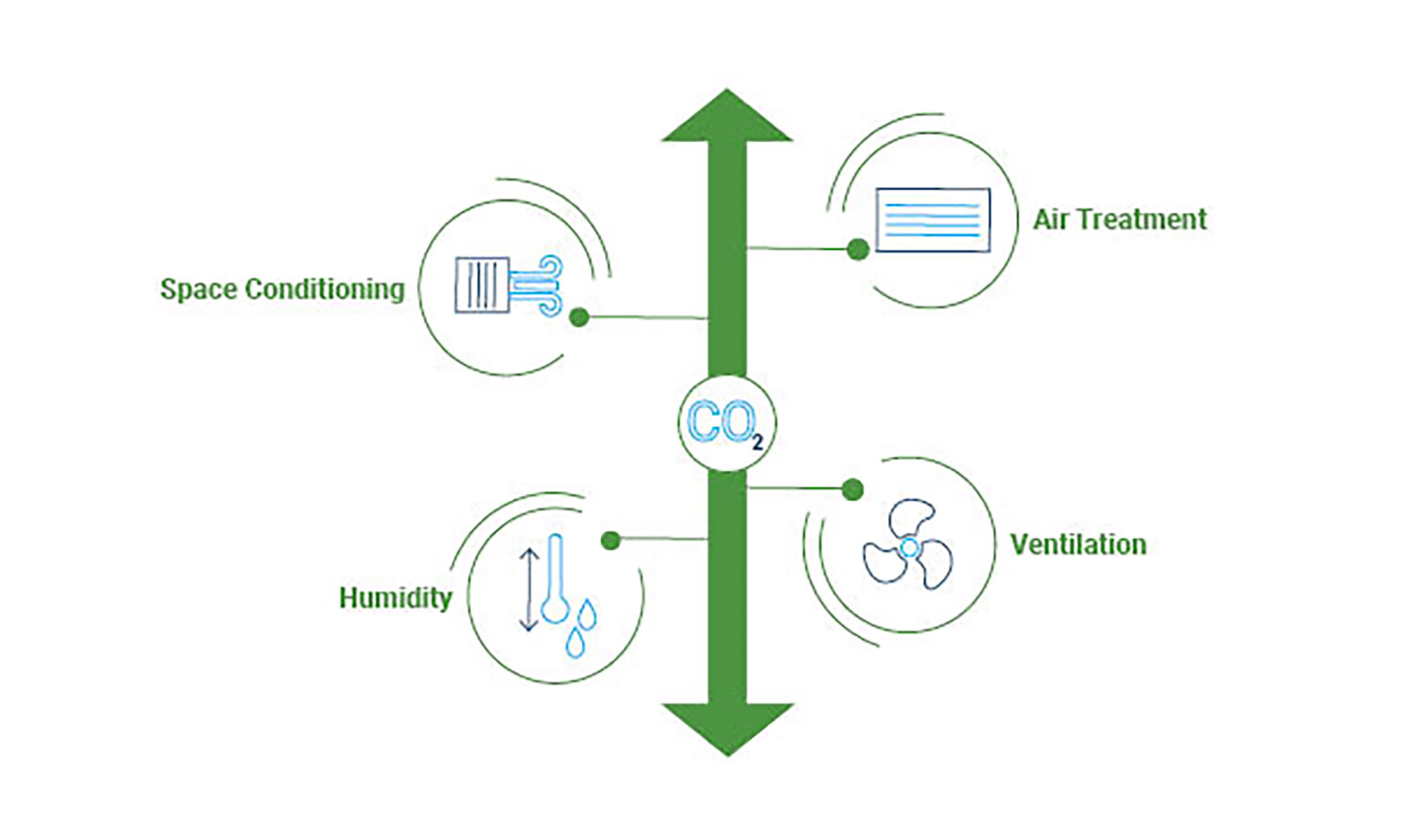
As we look ahead to the fall, many institutions are considering a hybrid model of instruction, where students learn through a combination of both in-person activity and online engagements. This approach decreases the need for students and faculty to be on campus every day and gives institutions hope that they can make progress toward their climate and carbon goals. However, institutions recognize that not all campus jobs can be performed from home. Some positions require a physical presence on campus, especially facility and maintenance staff, and to be equitable, institutions must consider balancing the needs of on-campus versus remote workers.
A Focus on Indoor Air Quality Across Campus
For those returning to campus, there will be significant and renewed interest in indoor air quality. There are currently four primary focus areas related to indoor air: humidity, ventilation, air treatment, and space conditioning. Research is rapidly developing in each of these areas, with the following trends:
- Humidity: A range between 40% and 60% relative humidity supports natural human immune system response and reduces viral longevity and viral transmission distance. The benefits of humidity control must be balanced against potential increased energy use and system maintenance on campus.
- Ventilation: There has been significant focus on ventilation to minimize recirculation of air and provide dilution of the coronavirus. The potential benefits of additional ventilation in building across campus must also be weighed against additional energy use. Significant attention has been given to the added benefits of ventilation to maintain lower space carbon dioxide levels and associated cognitive benefits.
- Air treatment: Filtration has been an integral component of HVAC systems, but can be specified with a wide range of performance. Higher levels of filtration can result in additional energy use. Additional technologies, like ultra-violet germicidal irradiation, needlepoint bi-polar ionization, and polarized filtration, have potential benefits, but also require additional testing tailored to COVID-19. These technologies can offer longer-term benefits for overall air quality by treating other common pollutants, while reducing long-term energy use.
- Space conditioning: Delivery of cooling and heating can take many forms, with a range of impacts on thermal comfort and the delivery of ventilation to occupants. Lower energy intensity systems like radiant flooring can support comfort and allow the air systems to deliver 100% outdoor air efficiently.
With these considerations, we see how one’s personally controlled environment can offer significant benefits compared to shared space. As an institution looks to tune system operations to occupancy, deeper study is recommended to avoid unintended consequences, especially under very low demand conditions.
Balancing Educational Needs with Climate Commitments
Moving forward, strategic planning interventions focused on energy and carbon are essential to balance an institution’s educational mission while achieving climate commitments. The following opportunities are to be considered to improve an institutions’ long-term resiliency toward future disruptions from the perspective of reducing greenhouse gas emissions.
- Assess and eliminate energy waste by optimizing the sequence of operations of equipment and systems in all facilities.
- Complete a systems audit to establish a baseline for current system performance to understand the ability to adapt.
- Re-prioritize capital improvement projects to build resilience for future disruptions.
- Integrate carbon impact planning into the strategic planning decision-making process to address carbon impact assessment for various scenarios, including:
- Operational scenarios such as hours of occupancy and ventilation rates;
- Space use scenarios such as multipurpose vs. single-use space;
- Educational delivery scenarios such as increased power consumption, and student/faculty commutes.
- Plan for healthy spaces with the ability to visualize and increase the transparency of the quality and cleanliness of the indoor environment.
Over the past few months, institutions witnessed tangible and positive environmental changes as a result of the shift to remote instruction, including lower energy consumption by learning and working from home, reduced travel, decommissioned buildings, and more. As colleges and universities rethink educational delivery models and the future of higher education in general, they have an incredible opportunity to reduce their greenhouse gas emissions through effective space design and planning.
Resources/Links
We recommend reviewing the resources below directly for the latest commentary on solutions to some of the considerations we have raised. Before any measures are implemented, consider both short-term and long-term impact. Keep in mind that although no single measure can reduce transmission risk to zero, measures can support positive long-term learning outcomes.
- ASHRAE Compendium of Research References: Airborne Transmission, Virus Viability, Human Immune System
- ASHRAE Position Document on Infectious Aerosols
- ASHRAE Environmental Health Brief (COVID-19 and Airborne Transmission)
- World Health Organization COVID-19 Resource Site
- CDC COVID-19 Resource Site
This narrative was completed as part of The Evolution of Campus research project.
